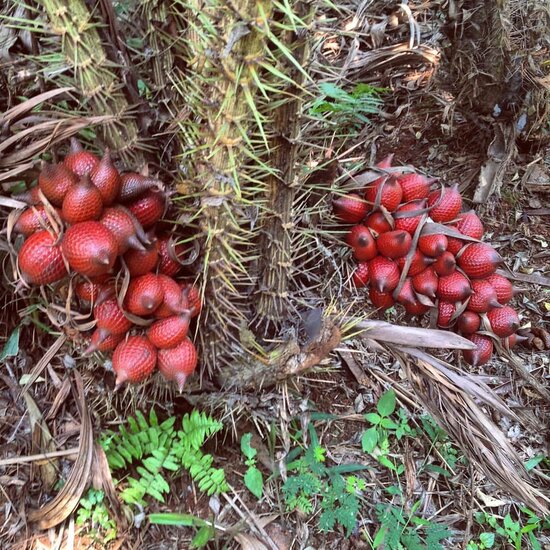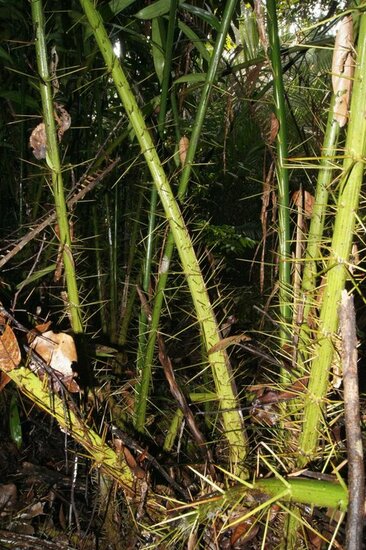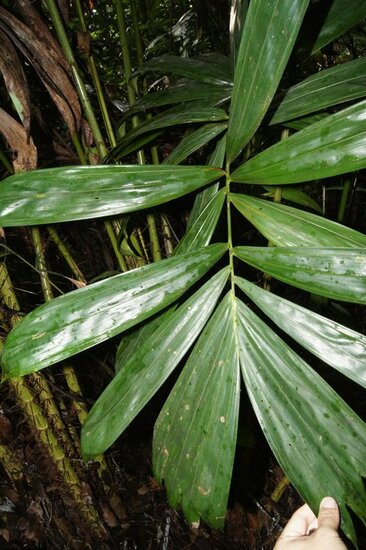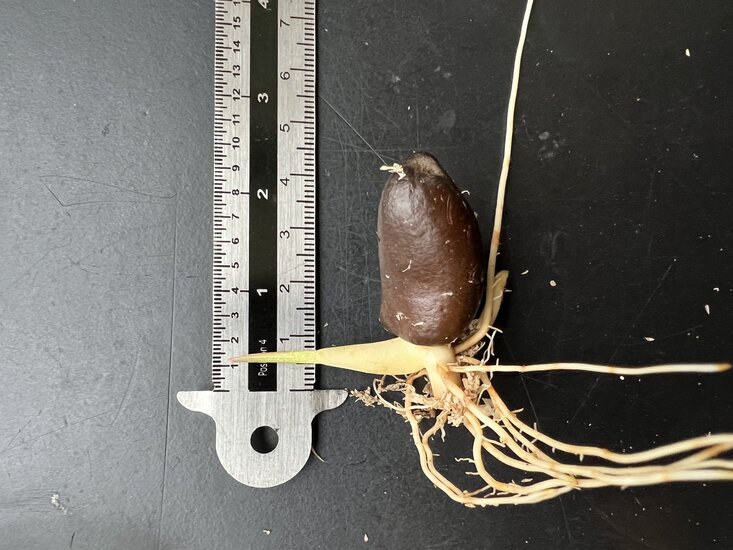Do you have a question about this product?
Ask us your question








Product description
The bright red fruits have shiny scales and thus resemble snakeskin. They contain edible flesh that tastes sweet, but is at the same time slightly acidic and aromatic. The taste is sweeter than the better-known common snake fruit (Salacca zalacca), which makes this species more popular, but also harder to find due to its rarity. It is a palm from the humid rainforests of Indonesia and Malaysia where it is mainly found in swampy areas. The leaves can grow up to 3 metres high and are covered on the stem with sharp, up to 10 cm long spines. The inflorescence forms close to the ground and can grow up to 1 metre long. Eventually, after pollination, up to 50 fruits can be formed, measuring about 8 cm.The plant can be kept as a houseplant and already at a young age the decorative spines are formed. Provide a well-drained soil with organic matter and water the plant regularly. If humidity is low, you can spray the leaves with water and, in addition, it is important to provide a light location without direct sunlight.
Sowing description: The seed can be sown directly in well-drained soil with organic material. Keep soil constantly moist and set well warm (22-28grC) for initial development.
Product specification
Family:
Arecaceae
Scientific name:
Salacca affinis
Common name:
Red snake fruit
Native to:
Indonesia and Malaysia
Sowing time:
All year round
Difficulty level:
Intermediate
Minimum temperature:
12 degrees Celsius
Do you have a question about this product?
Ask us your question
Product specification
Family:
Arecaceae
Scientific name:
Salacca affinis
Common name:
Red snake fruit
Native to:
Indonesia and Malaysia
Sowing time:
All year round
Difficulty level:
Intermediate
Minimum temperature:
12 degrees Celsius
Add review
Write a review about this product.
Reviews
No reviews yet


